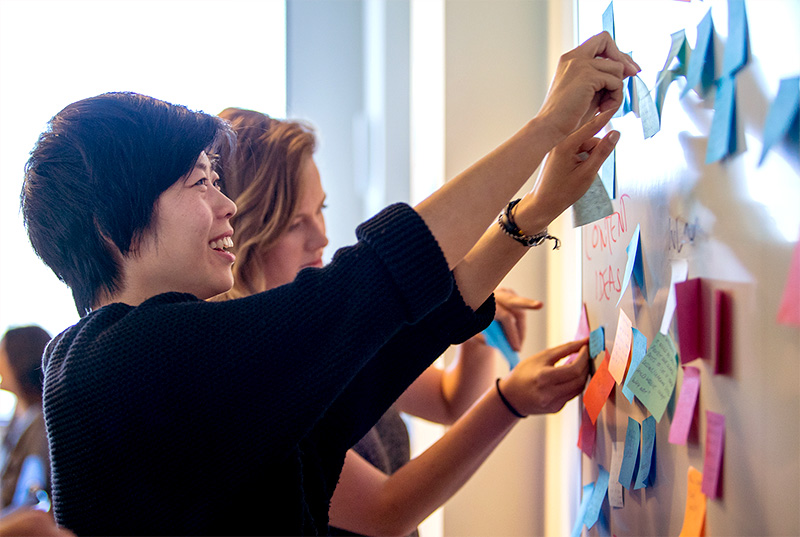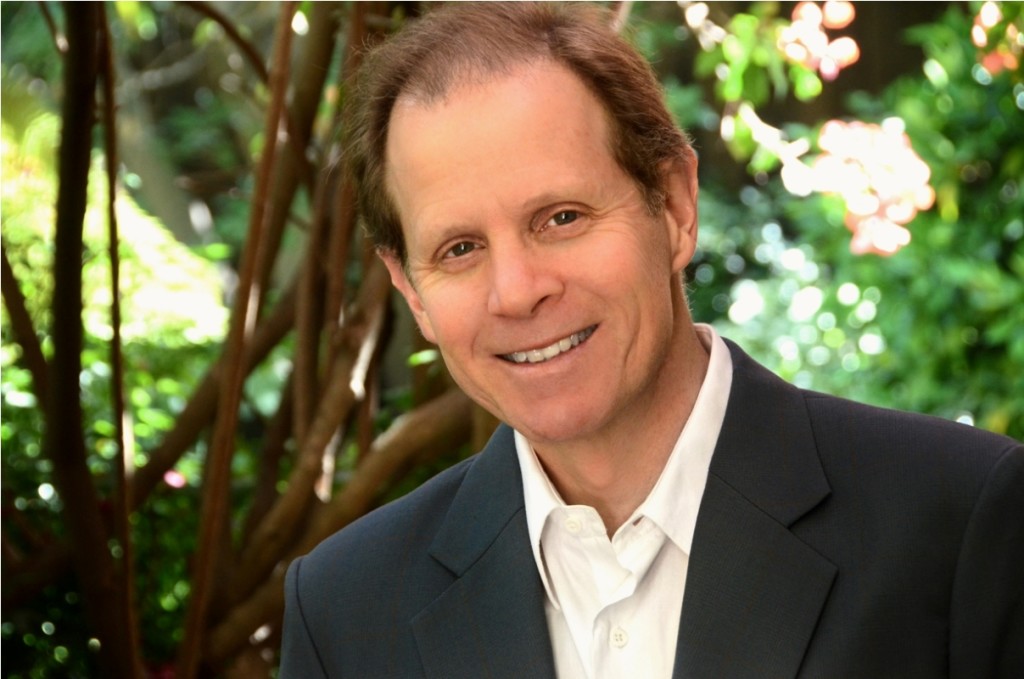This is what a brain scientist thinks is the key to better teamwork

After getting a medical degree from Harvard University and then completing his postgraduate medical training at UCLA, Dan Siegel went on to practice medicine, pediatrics, and psychiatry. He then became a researcher in attachment — how relationships between parents and children shape young minds. It was during this time that he started the Mindsight Institute, an educational organization focused on making connections between basic biological processes and relationships — what Dan called interpersonal neurobiology.
 Combining the principles of math, physics, biology, psychology, and more, into one framework, Dan argues, can help us better understand our minds. But we can also apply this understanding to make better decisions around everything from parenting and personal development to education and organizational development.
Combining the principles of math, physics, biology, psychology, and more, into one framework, Dan argues, can help us better understand our minds. But we can also apply this understanding to make better decisions around everything from parenting and personal development to education and organizational development.
If we take the straight line view that the mind is just brain activity, then relationships become icing on the cake. But relationships are the cake; we live in an embedded relational world.
The mind is more than the just the brain
The key to a well-running system (whether the human body, a family, or institution) lies in creating harmony among individual parts of a group. Thinking about connections in your everyday work life is easier than you think, and the results are well worth the effort. To begin to understand how we can create these harmonious connections, we must better understand the mind.
At the most basic level, the brain operates using top down and bottom up processes — the more life events the brain experiences, the better it becomes at summarizing them into schema and linguistic patterns. This is an incredibly powerful way of organizing the world around us — being able to identify a furry creature that barks as a dog, or knowing when we need to stand in line.
For many years, scientists and academics have equated the mind with brain activity, a bi-product of neurofire. But this quick filtering and the reliance on past experience can leave us imprisoned, unable to question, to re-order, and to think creatively. More, this passive process can lead to biases, rigidity, and a lack of integration which can manifest itself to all aspects of our system and our relationships.
How can we use the mind to fight against the proclivities of our brains? Dan says, “I believe that the mind, using the focus of attention (or presence), can actually change the structure of the brain.” The first step to creating harmony within yourself is to actually push the mind to break away from this automatic way of filing information.
The scientific benefits of presence
When an individual has not differentiated the knowing of consciousness from the known, they are at risk to be a prisoner of biases and habits. This behavior could lead to chaos or rigidity.
Studies have shown that the very art of being mentally present can increase telomerase, enzymes in our bodies which are vital for health and well-being, thereby repairing the ends of chromosomes (called telomeres). Being mentally present creates a portal for organization or integration within a differentiated system — not just within your own system, but as an extension to others around you. When it’s there, harmony results; when it’s not, you get chaos and rigidity.
Mindfulness and the many health benefits it brings, for example, are all manifestations of improved integration within your mind. But a process that starts in your head can actually expand to your relationships with others.
Practicing presence, in life and at work
If eyesight allows you to see the world, mindsight (another term Dan coined in the 1980s) allows you to see the mind. Mindsight can give us a sense of the internal, subjective experience of ourselves but it also provides us with a strong sense of empathy —to perceive the mental experience of others. When we can tie our own experiences with those of others, we can create a harmonious place and this is the key to successful relationships both at work and in day-to-day life.
As it turns out, creating a healthy, harmonious group environment starts with being able to communicate with yourself, to create an internal integration that can then manifest itself to others.
Applying an integrated practice to teamwork
Integration is supported by science: when integration is blocked, the body suffers. The same is true of organizations. Integration is associated with well-being, harmony, and creativity.
Integration must be role-modeled at the highest level of an organization, so getting leadership buy-in is important (though not always easy). Organizations that have embraced it, however, have seen great improvement in internal collaboration, respect, and camaraderie.
Interpersonal neurobiology can easily be applied to an organization:
- Recognize that each group/division has an important, differentiated role within the company (even if some people’s positions sound ‘sexier’)
- Recognize that you won’t accomplish things without the less publicly-visible divisions doing work
- Honor the differences of each group either through recognition by C-level executives or through a grassroots shift of how the organization values different roles
- Encourage strong communication to help acknowledge differences and show artistry across divisions
- Find overlaps or connections among different departments and individuals to encourage teamwork
Questions to ask
Just knowing what questions to ask can help you start the process of creating an integrated system at your organization. Here are a few ideas:
- What are the unique roles of individuals and/or functions within our organization? How does each contribute to the entire organization’s success and/or harmony?
- Where do our roles interlap or support each other?
- How are my teammates participating in a way that they’re being respectful and ways that are not respectful?
- Where is there a lack of innovation?
- Has one department not been honored?
- How can we change that?
Asking these questions will help you get to the root of integration problems at your organization, and be the first step to helping you resolve them.
Why this matters
From a scientific point of view, integration involves energy and information— and there’s no reason to keep it inside the head. The more we can shift our thinking to apply the practice of integration not just to ourselves, but to the people around us, the more we can expect to live and work in a world that is more creative, teamwork-oriented, open, and inquisitive.
Further reading
The Conscious Leadership Forum helps individuals make the shift to being open and honest. Read about how you can implement some of these practices, today.
Check out Dan Siegel’s book, The Pocket Guide to Interpersonal Neurobiology.
More Issues
